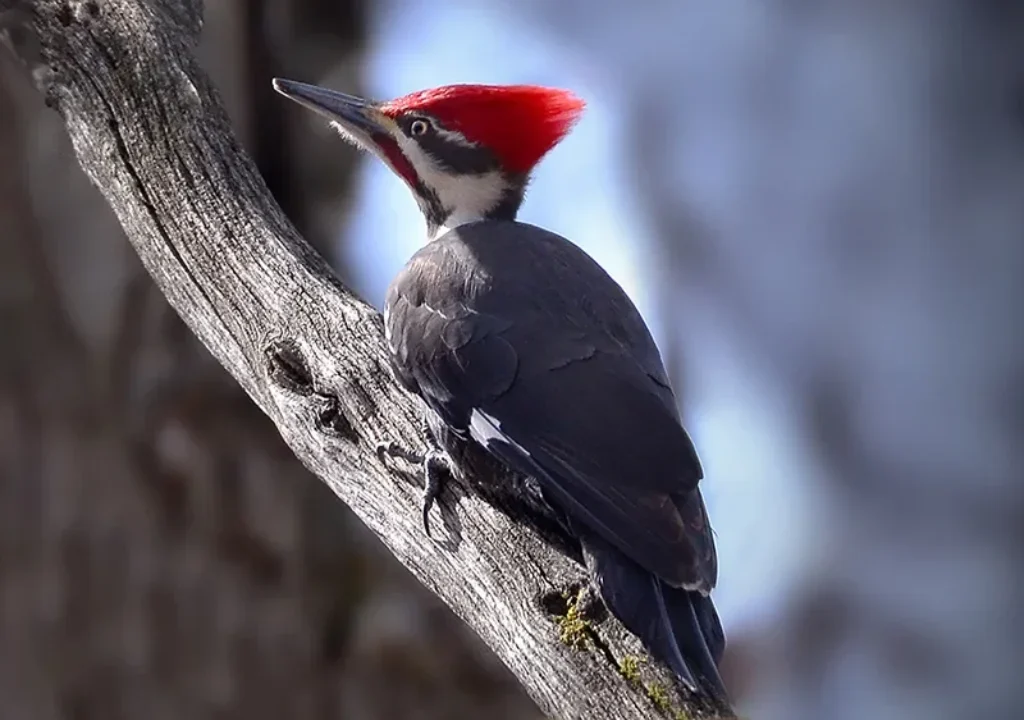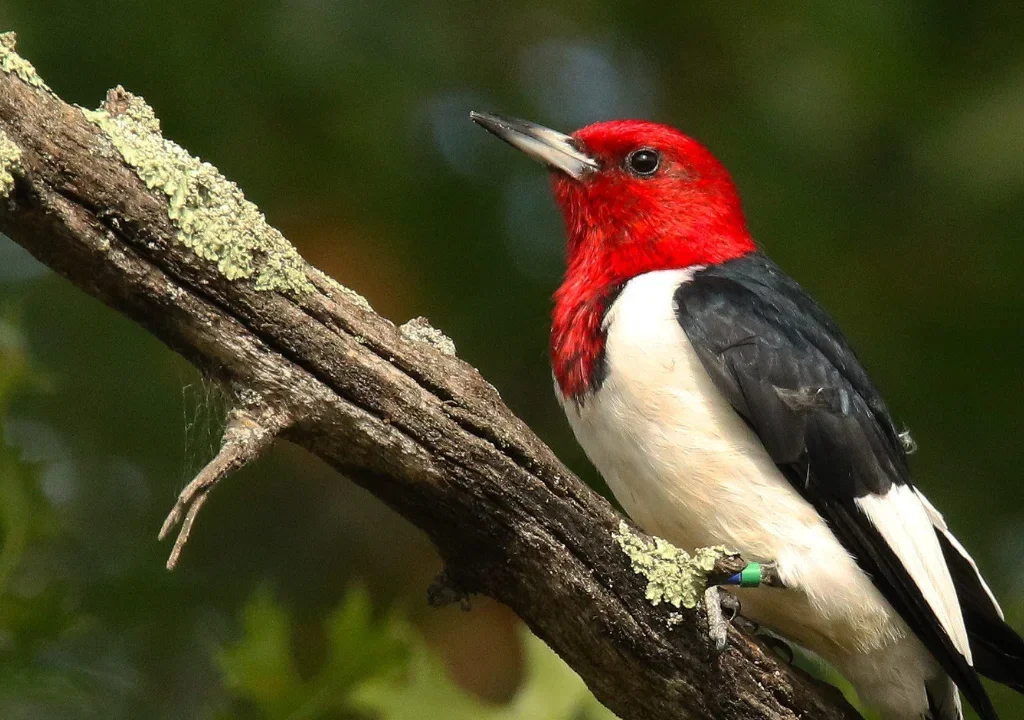
Introduction
When people search for the American colt bird, they are usually referring to the American Coot—a fascinating waterbird often confused with ducks. Unlike traditional web-footed birds, the American Coot has unique lobed toes, a white beak, and a bold frontal shield. Let’s explore everything about this misnamed yet remarkable species.
What Is the American Colt Bird?
The term “American colt bird” is often a typographical or phonetic error referring to the American Coot (Fulica americana). It is a common aquatic bird found across North America. Though it behaves like a duck, the American colt bird belongs to the rail family (Rallidae) and is more closely related to cranes.
American Coot: Scientific Classification
- Common Name: American Coot
- Scientific Name: Fulica americana
- Family: Rallidae
- Order: Gruiformes
- Lifespan: Up to 22 years in the wild
Despite being called a colt bird, this species is entirely unrelated to horses. The name is likely a misheard version of “coot.”
Unique Features and Identification
The American colt bird stands out due to:
- A white beak and frontal shield
- Dark slate-gray body
- Red eyes
- Lobed toes, not webbed, for easy walking and swimming
- Size: Around 15 inches long with a wingspan of 23–25 inches
These physical traits help birdwatchers easily identify it.
Where You Can Spot the American Colt Bird
You can find the American colt bird around:
- Freshwater lakes
- Marshes
- Ponds
- Wetlands and reservoirs
They’re highly adaptive and are frequently seen walking along shorelines or diving underwater for food.
Behavior and Lifestyle
The American colt bird is an active swimmer and diver. Though it appears duck-like, it:
- Walks on land with more ease than ducks
- Often dives for food
- Makes short flights with quick wingbeats
- Produces loud, sharp calls especially during mating season
They’re also quite social, forming large flocks in winter.
Diet and Feeding Habits
The diet of an American colt bird includes:
- Aquatic plants and algae
- Insects
- Small fish
- Snails and crustaceans
They forage both by dabbling on the surface and diving under.
Reproduction and Lifespan
- Breeding begins in spring
- Nests are built on floating vegetation
- Females lay around 8–12 eggs
- Both parents help incubate and feed the chicks
The oldest recorded American colt bird lived over 22 years, showcasing their strong survival skills.
American Coot vs Duck: Key Differences
| Feature | American Coot (Colt Bird) | Duck |
|---|---|---|
| Feet Type | Lobed toes | Webbed feet |
| Related To | Rails and cranes | Other waterfowl |
| Flight Pattern | Short, rapid wingbeats | Smooth, gliding |
| Beak Type | White, pointed | Usually flat and broad |
| Social Behavior | Highly social | Varies by species |
Importance in Ecosystems
The American colt bird helps control aquatic vegetation and insect populations. They’re also prey for eagles, foxes, and large fish, thus contributing to the wetland food chain.
FAQs About the American Colt Bird
Conclusion
The American colt bird, properly known as the American Coot, is a misunderstood yet fascinating creature. From its unique lobed feet to its duck-like swimming habits, this bird deserves attention and admiration.
Whether you’re a bird enthusiast or just curious about that “funny duck” you saw at the lake, now you know—the American colt bird is a species rich in character and ecological value.

